Part I: General News
WORLD MEAT/HIDE PRODUCTION
An interesting but alarming new report by the FAO of the United Nations and the OECD says that world meat production will only increase by 1.6% per year in the next decade (2013-2022).
In the past decade the increase was 2.3% per year.
Knowing that the meat industry manages to continuously produce more meat with less animals, this could mean that the 1.6% increase does not demand a bigger number of animals and thus that we should not count on more hides globally till the year 2022. And since the demand for leather products will no doubt continue to increase and increase far more than 1.6% per year also, one imagine ........... A doomsday story! But keep this in mind: we shall never have more hides than we have animals.
Increases announced for South America are: Brazil + 10.6%, Argentina + 21%, Uruguay + 30%, Paraguay + 46%. If such seemingly huge increases still result in a global increase of only 1.6% one can imagine how much production must drop in a number of other countries (as we already knew and reported in previous reports).
Production will also increase mostly in developing countries but these countries generally produce medium or lower quality hides.
IMPORTS OF LOW QUALITY NON LEATHER FOOTWEAR
Like a good number of other countries before them the Turkish footwear industry through its national association has approached the government to take protectionist measures against cheap imports of low quality non leather footwear from Asia.
This synthetic footwear is sold for 5 Dollars and less! In 2012 imports amounted to 863 million USD while national footwear exports were worth 552 million USD.
KENYA
The market in Kenya is steady. There is good demand from India for cow hides but the unfavourable exchange rate makes buyers reluctant to import. Many importers sell locally in the Indian market.
The Chinese hide importers are no longer prepared to accept incorrect descriptions (raw hides) on the bills of lading since they are closely watched by the customs authorities.
There have alsways been ways to get the raw hides out and into China but it is more and more difficult and risky. Traders wonder, however, where the hides are then because not all are being wetblued and getting offers is difficult as well.
The goat skin market is strong with demand coming from China. The sheep skin market seems to be slowly reviving as well.
MALAWI
After bids from China which were refused nothing happened. The slaughterhouses stick to their prices and have no need to sell now as they are still short of material. Traders think they will keep the prices where they are now until ACLE in Shanghai in September.
SUDAN
Sudans drysalted hide prices are found too high to interest tanners abroad when compared to other African origins. The value as food for human consumption in Nigeria may have to do with that.
Counterfeit articles
Last Tuesday (June 25, 2013) the French customs destroyed 1 million counterfeit articles in several places in the country. It was reported the counterfeit business keeps growing and did an estimated 6 billion EUR damage to the economy.
In 1994 200,000 items were intercepted but in 2011 this had gone up to 8.3 million.
Seventy percent of counterfeit articles are made in Asia. One third was ordered through the Internet.
Source: http://www.thesauerreport.com/subscribers.php
Part II: Some Indicative Prices of Leather and Leather Products
Product name |
Grade |
USD/sqft fob/ori/c/off |
|
Ethiopia |
|
|
|
full aniline |
i-iii |
2.60-3.00 |
|
“ |
iv |
1.95-2.60 |
|
“ |
v |
1.70-1.95 |
|
Semi aniline and golf leather |
i-iii |
2.10-2.70 |
|
“ |
iv |
1.75-2.05 |
|
“ |
v |
1.45-1.75 |
|
Resin lining |
A |
1.25-1.50 |
|
|
B |
0.95-1.20 |
|
Fully finished Cow upper leather |
TR (i/iv) |
1.05-1.50 |
|
|
v |
0.80-1.05 |
|
aniline lining |
A |
0.90-1.15 |
|
|
B |
0.70-0.90 |
|
Kenya/Uganda |
|
|
|
Suspension dried hides |
Weight/pce 8/12 lb |
2.80 nominal |
|
|
iv grade |
2.20 nominal |
|
|
v grade |
1.75 nominal |
|
Wetsalted hides (Kenya) |
|
|
|
|
i/ii |
1.65 |
|
Wetblue hides |
|
|
|
Sqft/pce =av 23/27 |
tr/iv/v/vi |
1.00-1.10 |
|
av 31/33 |
tr/iv/v |
1.10 |
|
av 20/26 |
vi |
0.70 |
|
|
vii or rejects |
0.55 |
|
Sqft/dzn |
t/r iv/v |
68.00 |
|
55/60 |
vi |
36.00 |
|
“ |
vii |
21.00 |
|
“ |
tr/iv/v |
70.00 |
|
Wetblue goats |
|
USD/dzn fob/ori/c/off |
|
sqft/dzn 55/60 |
tr/iv/v |
70.00 |
|
sqft/dzn 70/75 |
|
75.00 |
|
sqft/dzn 55/60 |
vi |
38.00 |
|
sqft/dzn 40/50 |
vii |
22.00 |
|
|
|
|
|
Malawi |
|
USD/kg cfr/ori/c/off |
|
Kg/pce, 14/16 |
i/ii |
1.65-1.68 cfr/ori/c |
|
Suspension dried goatskins Lb/100 pcs, 90/100 |
i/iii |
42.00 cfr/ori/c/off |
|
Drysalted hides kg/pce, 9/+ av 10/11 |
a/b |
1.85 |
|
Sudan |
|
|
|
Drysalted hides, kg/pce, av 10/11 |
|
USD/kg cfr/ori/c/off |
|
|
a/b |
1.85 |
|
Zambia |
|
USD/pce cif/t/c/off |
|
10 |
|
29.50 |
|
15 |
|
43.50 |
|
19 |
|
53.50 |
|
27 |
|
63.50 |
Source: Compiled from Sauer Report and other sources
Abbreviations
a/b/c; Private quality indication by supplier; 'a' is not necessarily 1st grade, etc
Av: Average
c: cash payment
cif: Cost, Insurance & Freight
fob: Free On Board
off: Offered
ori: Price payable to supplier in country of origin of the goods
pce : Piece
sqft: Square Feet
t: Price Payable to Traders outside the country of origin of the goods





